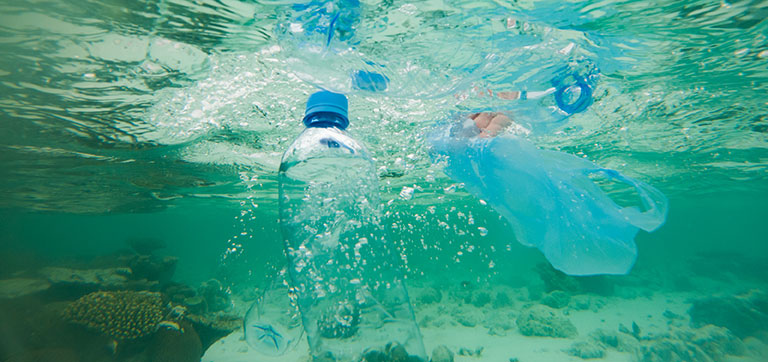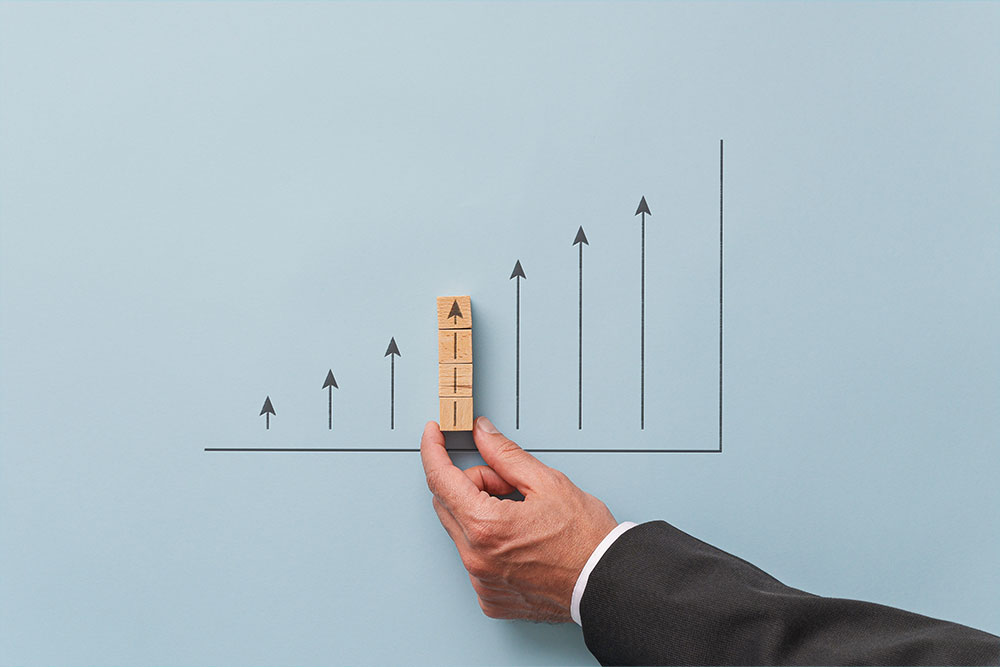 Poverty and Social Impact
Poverty and Social Impact
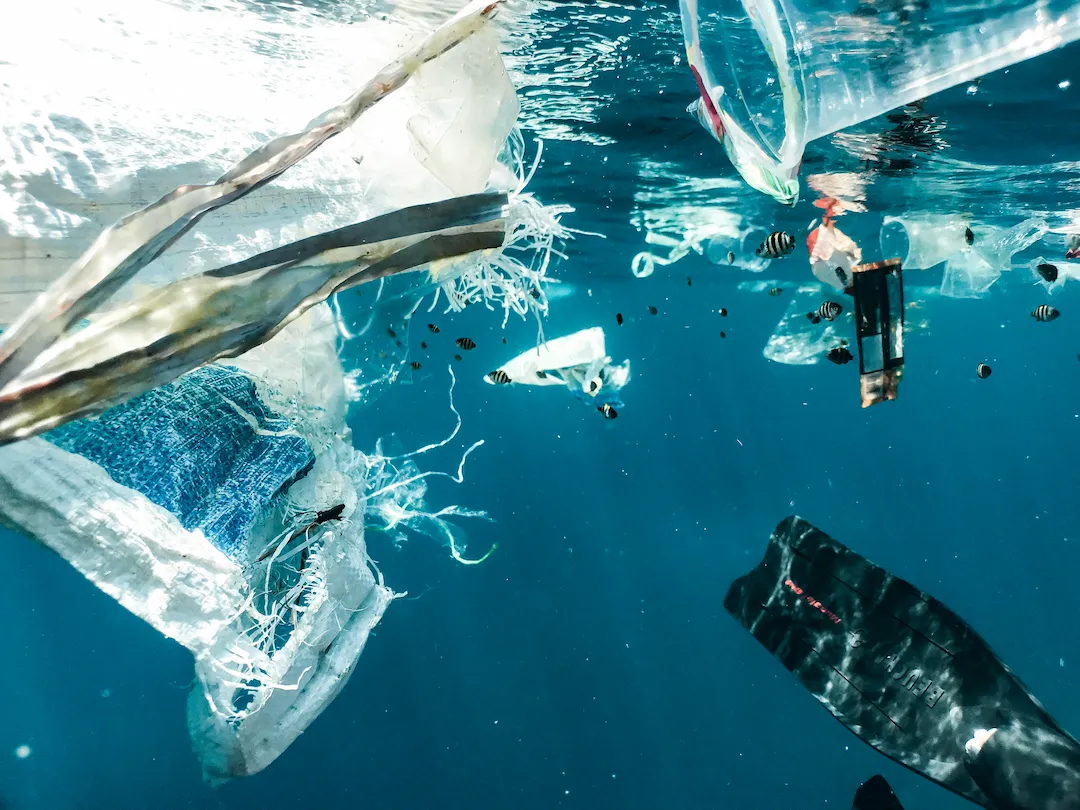
A tide we can feel, even when we cannot see it
Plastic pollution in the ocean is not just about floating bottles and nets, it is about everything we lose when plastic threads itself through marine ecosystems and plastic pollution begins to rewrite the rules of life below the surface, from plankton to whales, and from coastal communities to global supply chains. This is a story about the impact of plastic on biodiversity and the fragile balance that keeps our oceans alive.
Humanity now produces well over 400 million tonnes of plastic every year, and a portion of that becomes ocean plastic pollution. Recent estimates suggesting that between 1 and 2 million tonnes leak into the sea annually, a small percentage of total plastic waste, yet enough to bring harm throughout every current and coastline.1
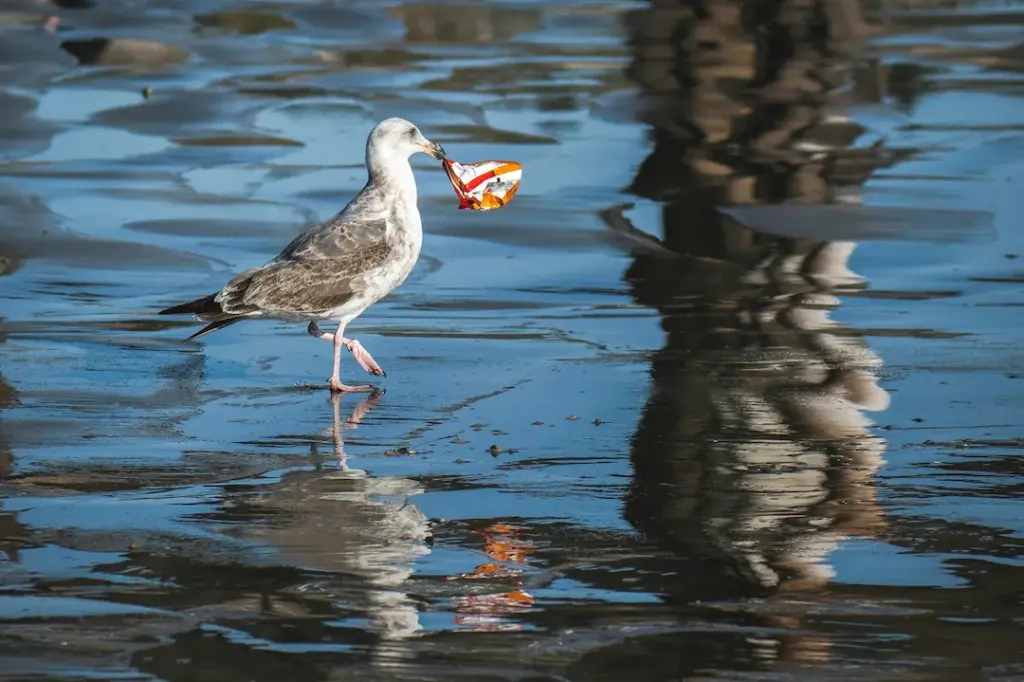
What we lose first: species, habitats, and quiet collapses
Across the world, marine ecosystems and plastic pollution are colliding. The first casualties are animals that swallow or become entangled in debris, from sea turtles and marine mammals to seabirds and fish, injuries and deaths accumulate silently in places we rarely visit, and even on remote islands far from people.2
On coral reefs, plastic delivers a double blow, it can introduce pathogens, abrade and stress corals, and worsen the effects of heat, disease, and poor water quality. Researchers have linked plastic waste with coral disease risk and called for international action to reduce plastic loads around reefs that are already struggling to keep pace with a warming world.3
Mangroves and seagrass meadows, the nurseries and shore protectors of the coast, trap micro and macroplastics among roots and blades where they smother seedlings, alter sediments, and lower habitat quality for juvenile fish, shellfish, and seahorses. Mangroves are becoming plastic sinks and studies warn that the loss of these habitats erodes both biodiversity and shoreline protection that communities rely on.4
Seabirds tell the story from the open water where studies find high frequencies of plastic ingestion in many species today. Projections warn that without decisive action, almost all seabird species could be ingesting plastic within our lifetimes. The damage is not always immediately apparent, but recent work links plastic exposure in chicks to internal organ and brain changes, a stark reminder that harm can be present even when birds look healthy.5
Food webs and ocean health unravel together
Plastic pollution changes what marine animals eat, how they digest it, and what energy moves through food webs. Tiny fragments and fibres mix with plankton and detritus that can be ingested by the smallest grazers and passed up the chain to fish, seabirds, and marine mammals. The result is lower energy transfer, exposure to chemical additives, and a weakening of the system that feeds billions of people and countless coastal economies.6
Ghost gear, the abandoned or lost fishing lines and nets, is a particularly damaging form of ocean and land pollution. By weight, it makes up a large share of the floating macroplastics trapped in ocean gyres, and it kills indiscriminately as it drifts. They ensnare turtles, sharks, and seabirds along with commercially valuable species that communities depend on for food and income.7
Culture and livelihood at risk
When the sea changes, culture changes, coastal traditions built around fishing, shellfish gathering, and reef stewardship come under pressure as debris displaces harvests, fouls boats and nets, and makes beaches less safe and welcoming. Indigenous and local communities who rely on seafood at higher rates see a larger share of the health and livelihood risk, and the erosion of cultural practices that bind generations together.
In places like Papua’s women’s mangrove forests, where gathering clams is both sustenance and social life, plastic in the water means fewer catches, more time away from family, and the slow fading of stories told between the roots. These are losses that cannot be measured simply in kilograms, they are measured in belonging, identity, and continuity.8
Tourism is not immune, beach litter and polluted bays push visitors away and drive up clean up costs. Global assessments place the annual economic damage from marine plastic to tourism, fisheries, and aquaculture in the billions of dollars, money that could instead support conservation, education, or better services for coastal towns that host the world’s travellers.
Plastic pollution and climate change are tied together
Plastics begin as fossil fuels and end as long lived fragments. Along the way, they emit greenhouse gases while being made, transported, and managed, and life cycle estimates put plastics at roughly 3.4% of global greenhouse gas emissions in 2019. New analyses indicate that production alone may already exceed 5% and could rise sharply if global plastic output keeps growing. As plastic degrades in sunlight, it can also release methane and ethylene, adding yet another climate signal to a crowded atmosphere.9
Healthy reefs, mangroves, and seagrass support ocean resilience by storing carbon, buffering storms, and supporting fisheries. When plastic weakens these habitats, climate resilience is weakened too, so every kilogram of plastic kept out of nature helps protect both biodiversity and the coastlines that shield our homes and harbours.10
The health connection we rarely discuss
Microplastics and even smaller nanoplastics are showing up where we do not expect them, including in human blood and arterial plaque. Early studies associate these particles with inflammation and higher cardiovascular risk. While scientists continue to investigate mechanisms and scale, the precautionary message is clear: what the ocean ingests, we may also inhale, swallow, or absorb, and the safest exposure is less exposure.11
What works: proof of recovery when we reduce plastic at the source
There is good news, communities and countries that reduce plastic at the source and design smart recovery programmes see measurable improvements in ocean health and coastal cleanliness.
- Single use bag policies are associated with substantial drops in plastic bags found in the environment. Peer-reviewed analysis of global cleanup data reports 25% to 47% fewer bags where policies are in place, a visible win families notice on local shorelines and rivers.12
- Deposit return programmes for beverage containers cut litter quickly. Comparisons across countries show places with deposit return have roughly half the container litter of places without, and case studies from Europe and recent programmes in Ireland and the Netherlands show rising return rates and reported litter reductions as infrastructure matures and people respond to financial incentives.13
- Tackling ghost gear through gear marking, retrieval, and recycling reduces entanglement risk for turtles, seabirds, and marine mammals, and protects fisheries. Global coalitions and pilots with small scale fishers are demonstrating practical pathways to keep gear in use and out of the water column
- Extended Producer Responsibility aligns corporate action with community outcomes. In the Philippines, regulators report growing programme uptake, with more companies registering and large volumes of plastic packaging diverted in the first year. Frameworks like these, when well enforced and transparently audited, shift responsibility upstream and fund better systems downstream.14
These are not abstract wins. They translate into fewer entanglements, cleaner beaches, safer nets, and more room for coral and fish to recover. They also reduce costs for municipalities and tourism operators, and they rebuild public trust that change is possible.
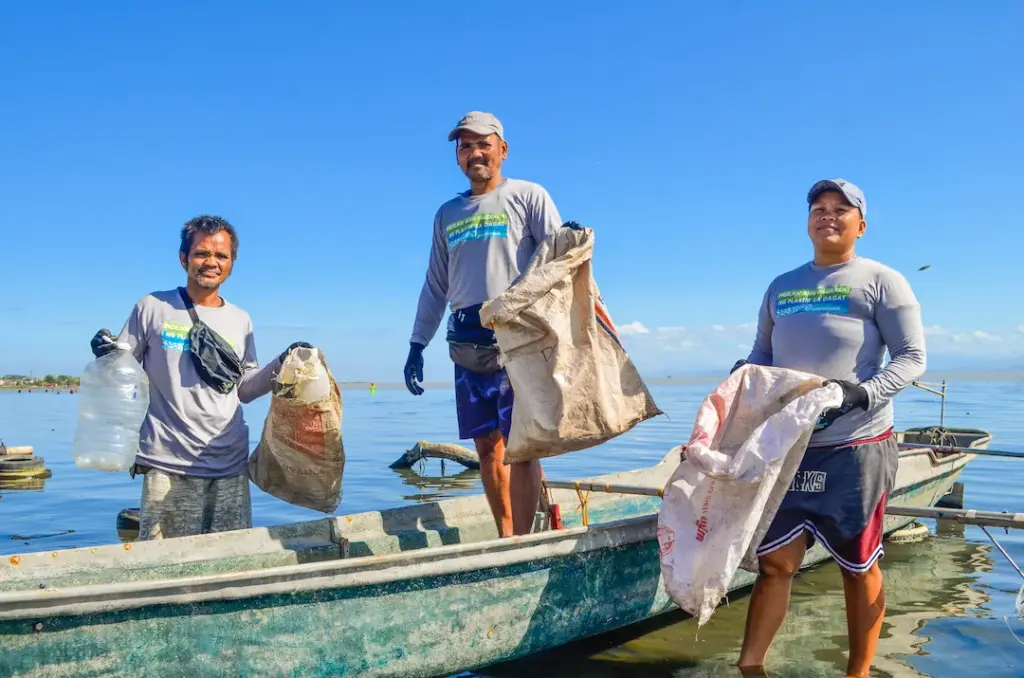
A people powered fix: pairing policy, product design, and collection
Ending ocean and land pollution from plastic requires three moves working together
- Use less plastic where possible, especially unnecessary packaging and items designed for minutes of use. Choose to refill and reuse, and utilize materials with lower impacts where they make sense.
- Design for recovery, standardize materials, remove toxic additives, and make products easy to disassemble and recycle, then back these choices with deposit return and other financial incentives that make the right behaviour the easy behaviour for everyone.
- Fund verified collection and community infrastructure, especially in underserved coastal regions where leakage risk is highest, invest in collection branches, safe sorting, and fair rewards. Collectors can turn plastic into predictable income and communities can build pride around clean shorelines
Storylines that move people, not just numbers
Storytelling opens hearts where statistics can numb us. Whether it’s a grandmother finding clean shells again in a mangrove creek, a fisher hauling nets without nylon snarls, or a school class finally running a beach day without cutting feet on broken plastic, these human moments signal system change. They remind us that recovery is not only ecological, it is cultural, economic, and generational too.
When policies remove single-use items from circulation, when deposit return makes every bottle worth bringing back, when producers fund collection and recovery, and when collection members are recognized as environmental stewards, the sea answers, small fish return to seagrass, turtle hatchlings find clear paths to the waves, and corals get a fighting chance to heal.
Give the sea back its future
Ocean plastic pollution is a solvable problem, and solving it restores far more than scenery. It restores biodiversity, food webs, cultural traditions, and climate resilience. The path forward is clear. We must use less, design better, and fund collection where it matters most. If you want a direct way to help, support the collectors and communities turning plastic into income through traceable programmes that prove results. Together, we can move from loss to renewal and give the sea back its voice.
Plastic pollution is a fight we can still win. Join #Us to protect what remains and restore what we have lost. Join the movement today: https://plasticbank.com/professional/


